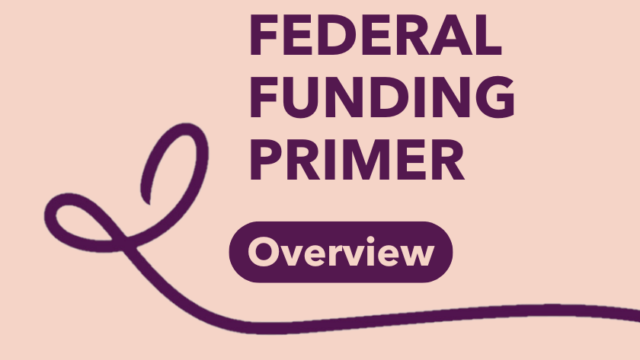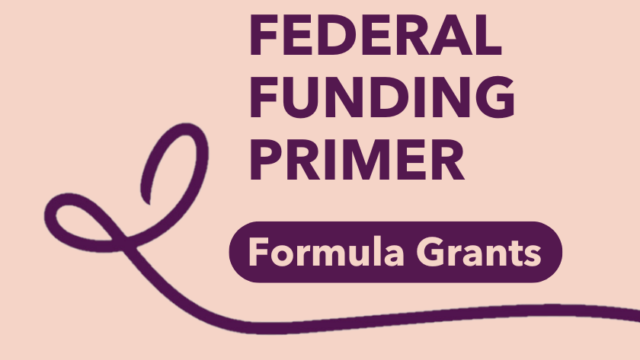
A Network Monthly Resource: July 2023
Successful fundraising includes researching who’s funding what, getting others excited about your organization’s mission, building relationships over time, and (yep!) following directions. In this resource, you’ll find tips on how to get started.
Get good at telling your story.
Hone the language that describes who you are, who you serve, and why you do what you do. Identify individual success stories and collect data that demonstrates your progress.
Know your potential funder’s interests.
Look at areas of focus and past grants for clues about whether a funder is a good fit.
Build long-term relationships.
Did you know that most first-time proposals are rejected? You are in this for the long term, so keep in mind that “no” can sometimes mean “not right now.” Grantmaking is a mutual getting-to-know-you process, and it’s often good to reach out to a funder before submitting a proposal or making an “ask.” Think junior high – “if I liked you, would you like me?”
Use databases.
Databases can help you locate a funder that is a good fit for your program goals. Searches may yield few options or overwhelming number of choices. Refining your search should get you closer to a manageable number.
- Candid is home to Foundation Directory, which is available by paid subscription. Candid also has a lot of free information, including webinars and self-paced courses on proposal writing through Candid Learning.
- Community Foundation Locator can help you find a grantmaking foundation in your region.
- Ask your local library about subscription-based search engines and whether it is (or would considering becoming) a Candid community partner.
- Grants.gov is a clearinghouse for grants from more than two dozen federal agencies.
Two key federal agencies that administer grants to support kinship/grandfamilies are the Administration for Community Living and the Administration for Children and Families, both of which are in the U.S. Department of Health and Human Services. For guidance on federal agencies that focus on families, see the National Strategy to Support Family Caregivers: Federal Actions.
Be the first to know.
Sign up for the Network’s monthly newsletter and the Generations United newsletter, both of which frequently list grants relevant to kinship care. Candid also offers alerts and newsletters, and you can create a Google Alert for requests for proposals on a particular topic or from specific funders.
Consider partners.
Federal funding opportunities often go through state, territorial, or tribal agencies, so let them know about your program and that you are open to being a partner of a proposal. You can also actively search grants.gov to find opportunities for submission with a university or another community organization.
Don’t overlook in-kind help.
Try reaching out to local business and service clubs.
- Corporations may have:
- Skilled staff to serve as volunteers
- In-house printing for resources like brochures, flyers, and programs
- Free meeting space
- Community service clubs may:
- Underwrite events
- Publicize events
- Provide volunteers
- Assist with translation
- Neighborhood stores may provide:
- Coupons
- Food for events
- Gift certificates
- Gift basket donations for holidays
Finally, remember that it’s a process.
Getting grant money can be a long process. Before starting a proposal/application, be clear about what you need and what a grantor is willing to fund. You’ll be spending time and money on this effort (and so will the grantor), so follow instructions carefully and ask clarifying questions when needed.
For more details, the Network is creating a funding toolkit, which will be available later this summer.


